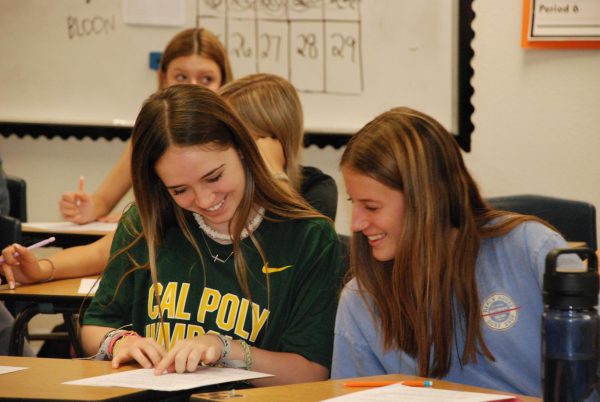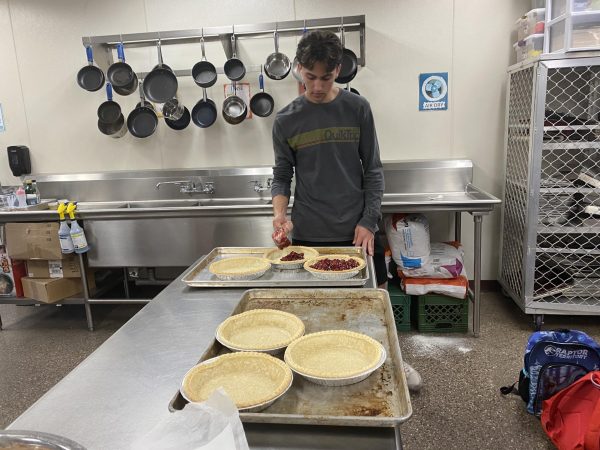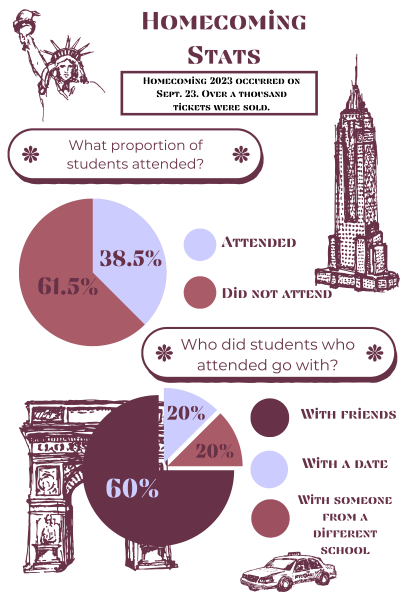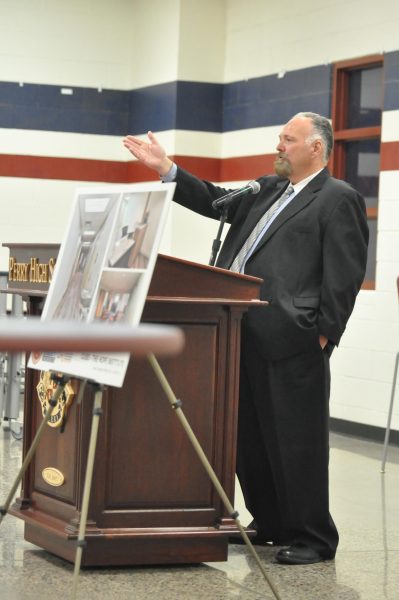Teaching life lessons through economics
Teachers Gibson and Thornton make learning realistic and fun
Thornton lectures his students on economics using his own form of currency inside the classroom.
Economic classes are inspiring students to engage inside and out of the classroom. Through incentives and money talk, students are given the opportunity to perform better and stay involved on campus.
A form of fake currency is used in two out of three of the economics classes. Here, money can be earned, lost, and used to buy specific goods or services in the classroom.
Economic teachers Tracy Gibson and Trent Thornton have both been coined as the founders of this tradition and have implemented the use of it throughout daily classroom activities.
In Gibson’s class, the student with the most amount of “Gibson Bucks” is given an automatic A on the final, opting them out of having to take it. The amount of money saved in Thornton’s class, results in extra credit for students at the end of the year.
Senior Carolyn Row explains, “A lot of people do try really hard and they even bring out their own skills and talents to be able to gain more money.”
Despite many of these incentives, the purpose of these incorporated elements encompasses what it means to be a well-rounded and diverse student by learning inside the classroom and applying the knowledge in the real world.
Gibson explains, “It just helps you make decisions in terms of you know how it impacts your life and your money situation versus just a short term impulse.”
The class also provides a new approach to staying active on campus with a variety of events.
Thornton gives his students 100 dollar bonuses for each club they participate in. For attending certain events, including school musicals, games, or competitions, students may also be rewarded for showing their support to their fellow classmates. Gibson gives extra money to those who participate in spirit weeks and wear Perry apparel.
Thornton explains, “I want kids to be involved their senior year. When I was a senior, I was a two sport athlete and that was all I was. Looking back on it, I wish I would’ve got involved in some clubs,” he continues, “I just use it as a means to get kids busy you know it allows kids to try things that they typically wouldn’t try.”
These economic classes stand out, because of the teachers who find innovative and interactive ways to get students engaged. With senioritis and students already looking ahead to the future, Thornton and Gibson influence the way students use their knowledge in life after high school.

Sydney Wolfe is a senior staff reporter and editor. Being the Co-News Editor, ECON/DECA/Business reporter, and a feature writing, writing is a passion...
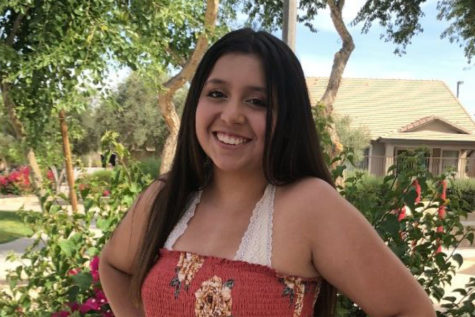
Crista Ramos is a junior at Perry and is in the Newspaper class. She will be writing over culinary events and is a food critic. Crista likes to write about...

